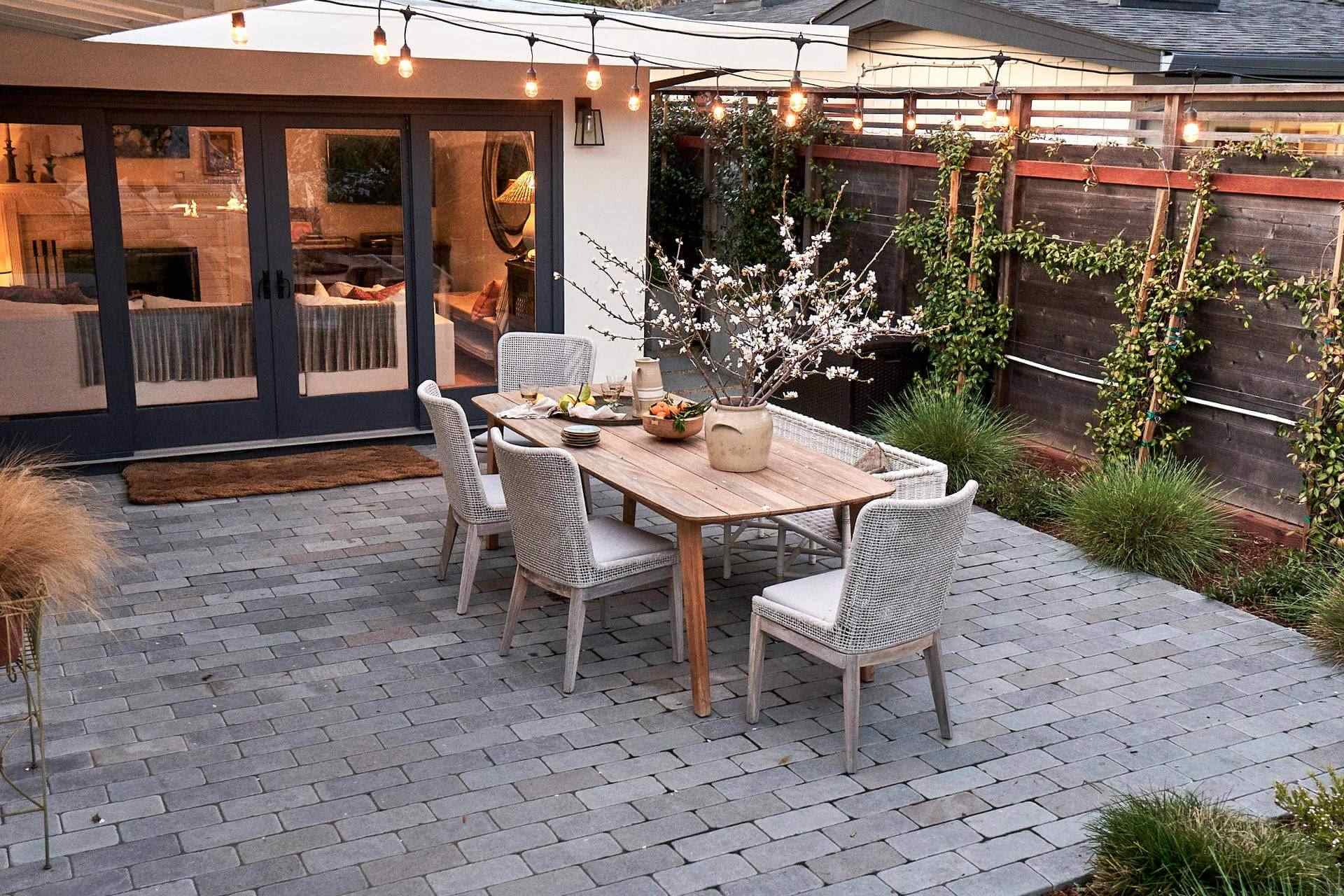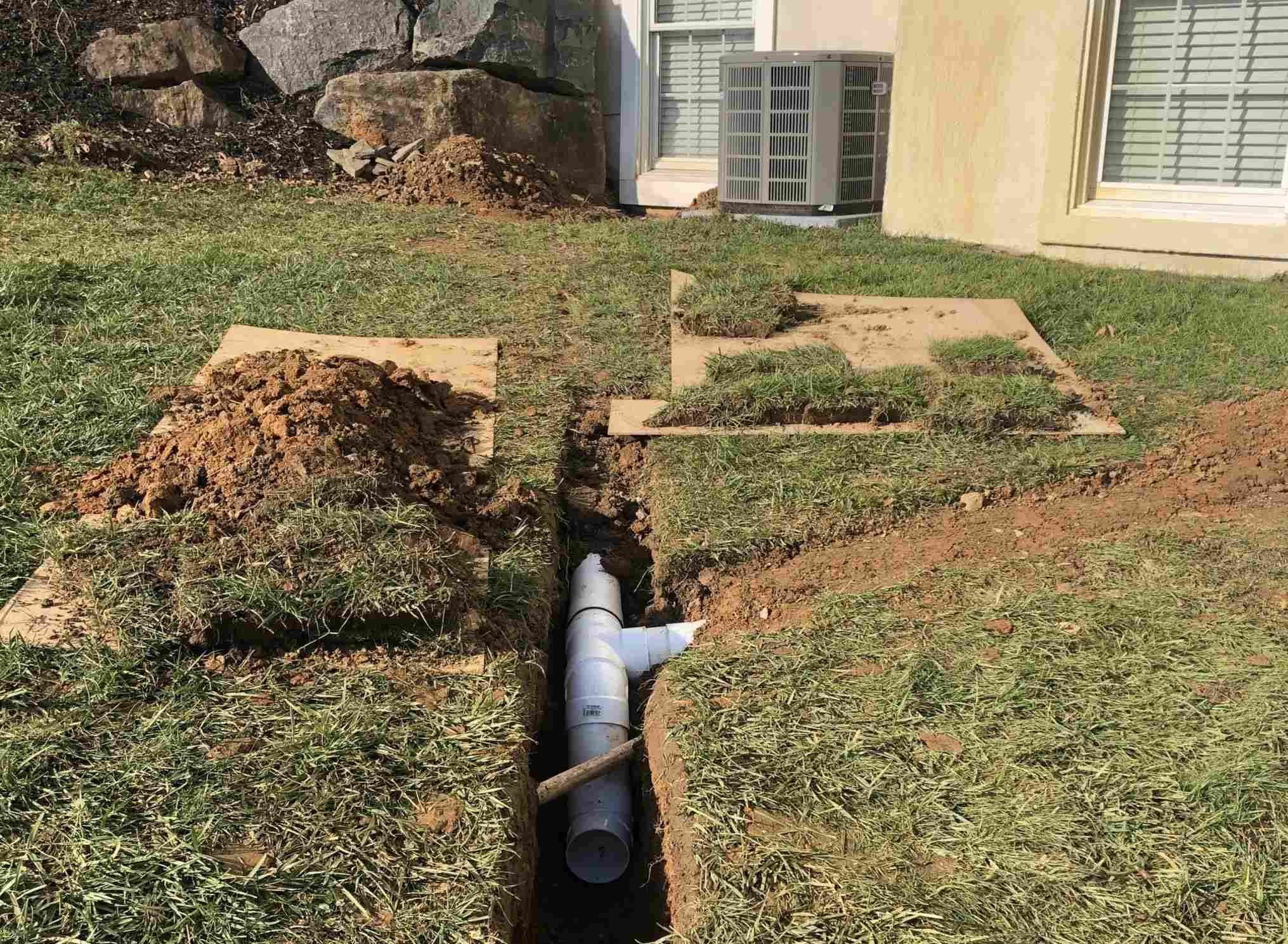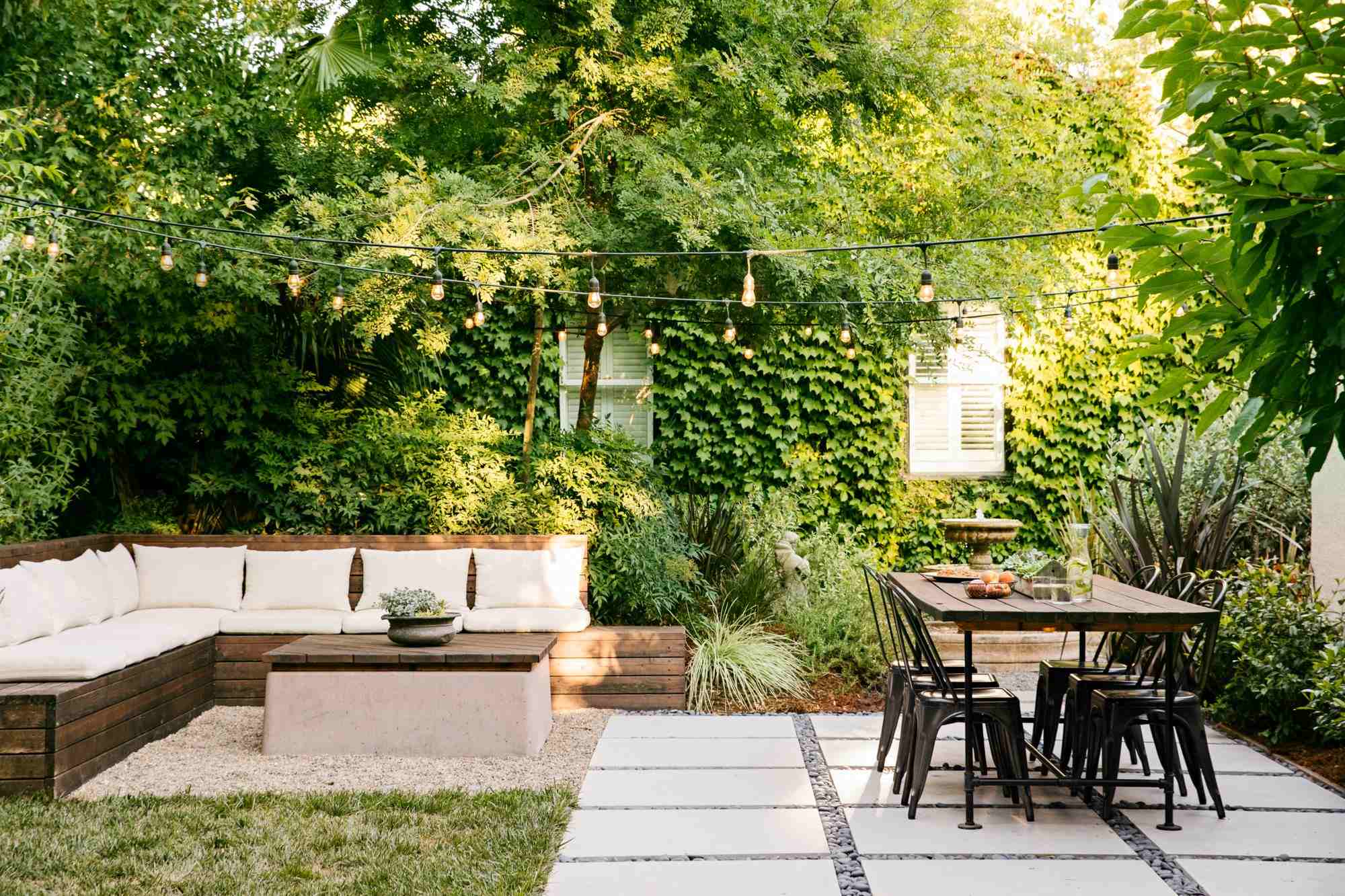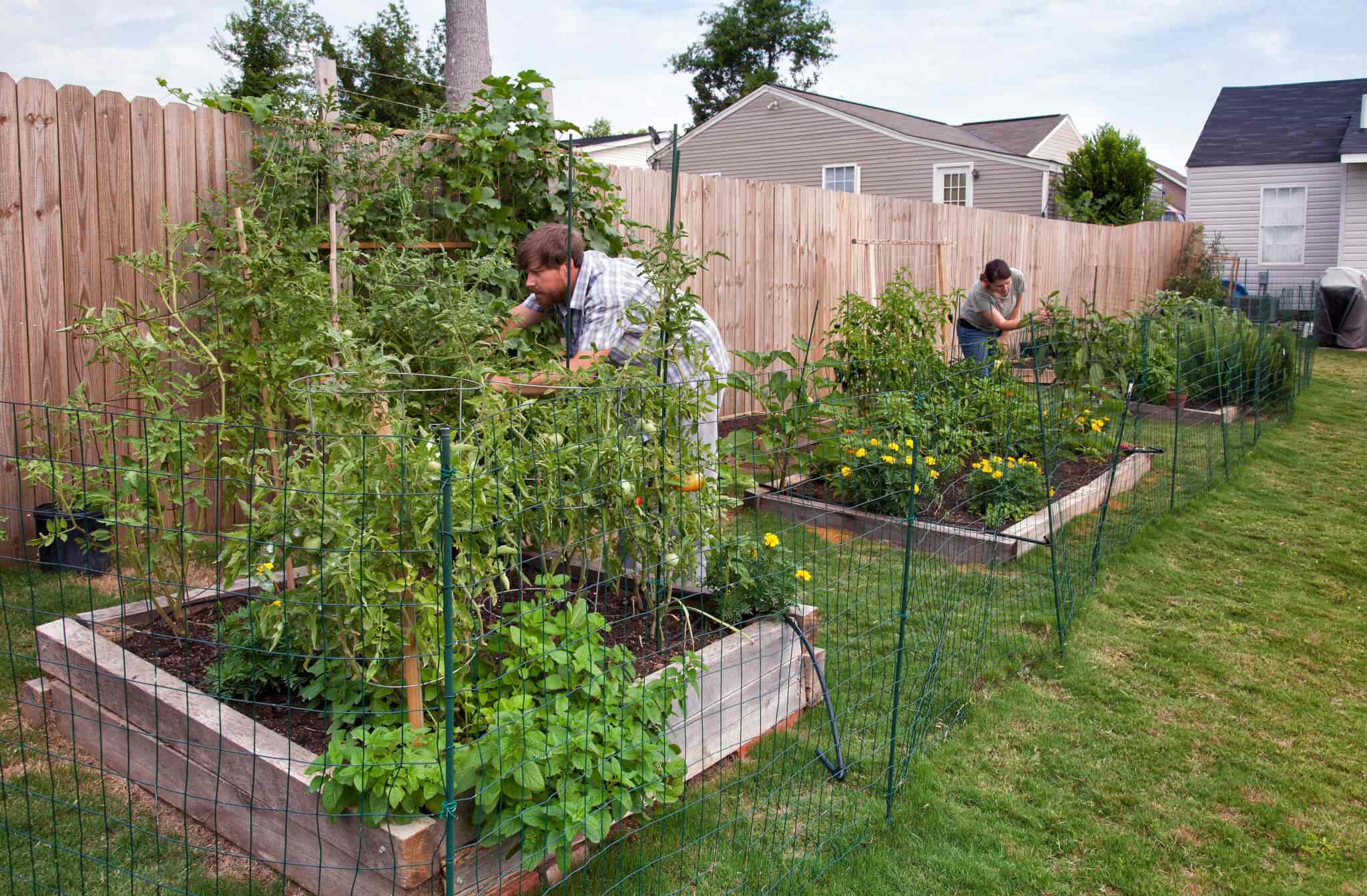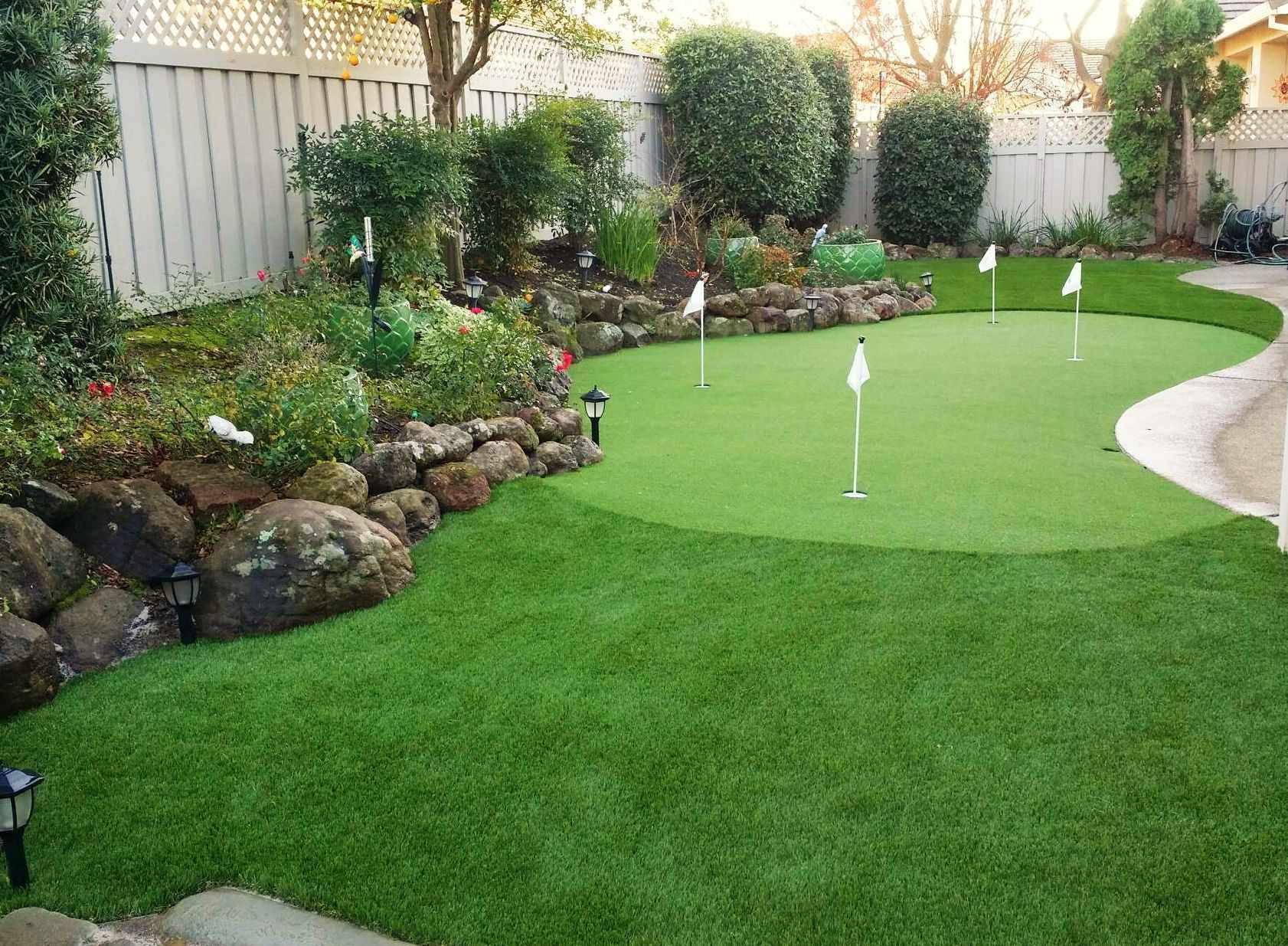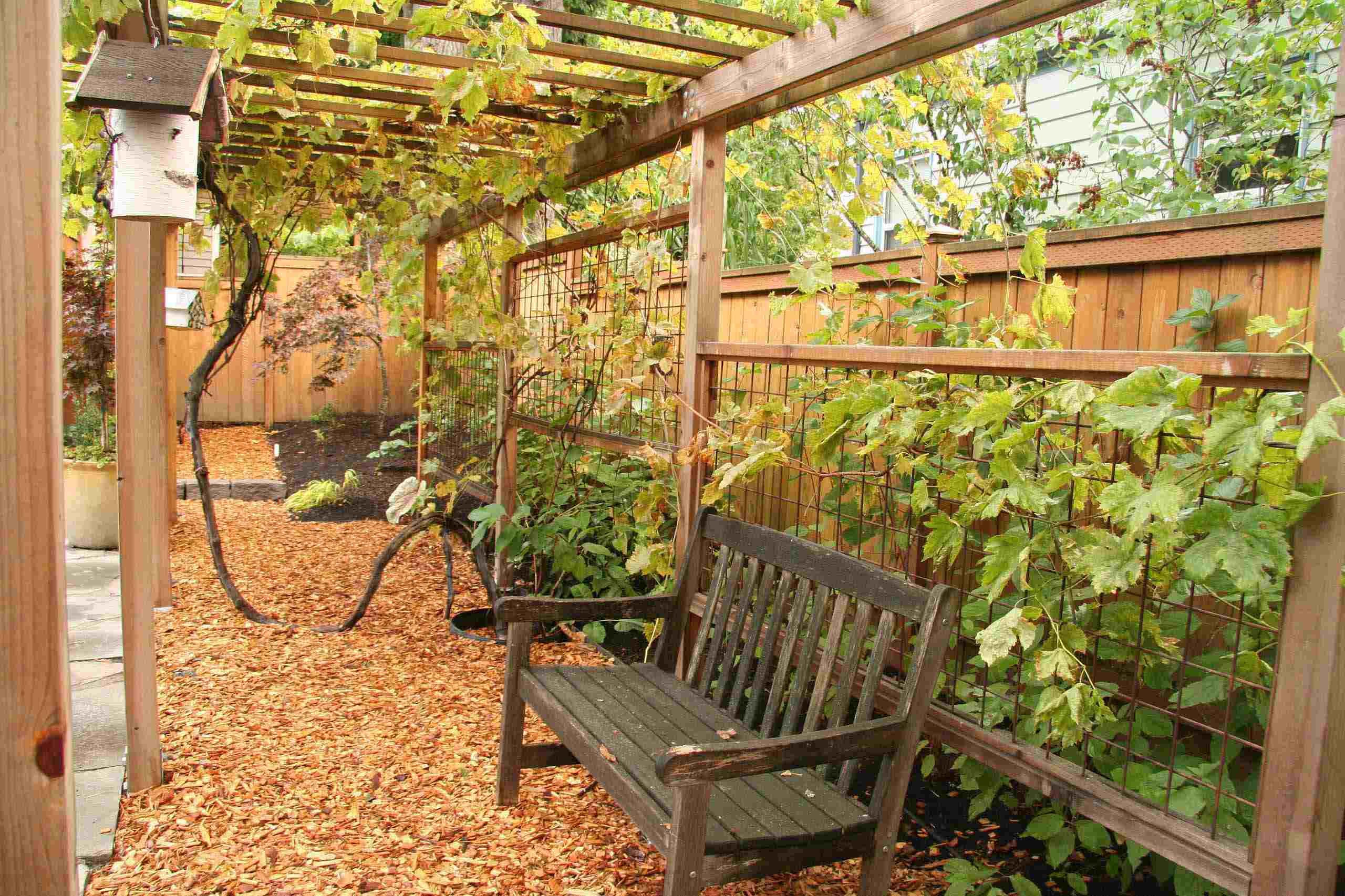Home>Garden Design>How To Measure A Backyard
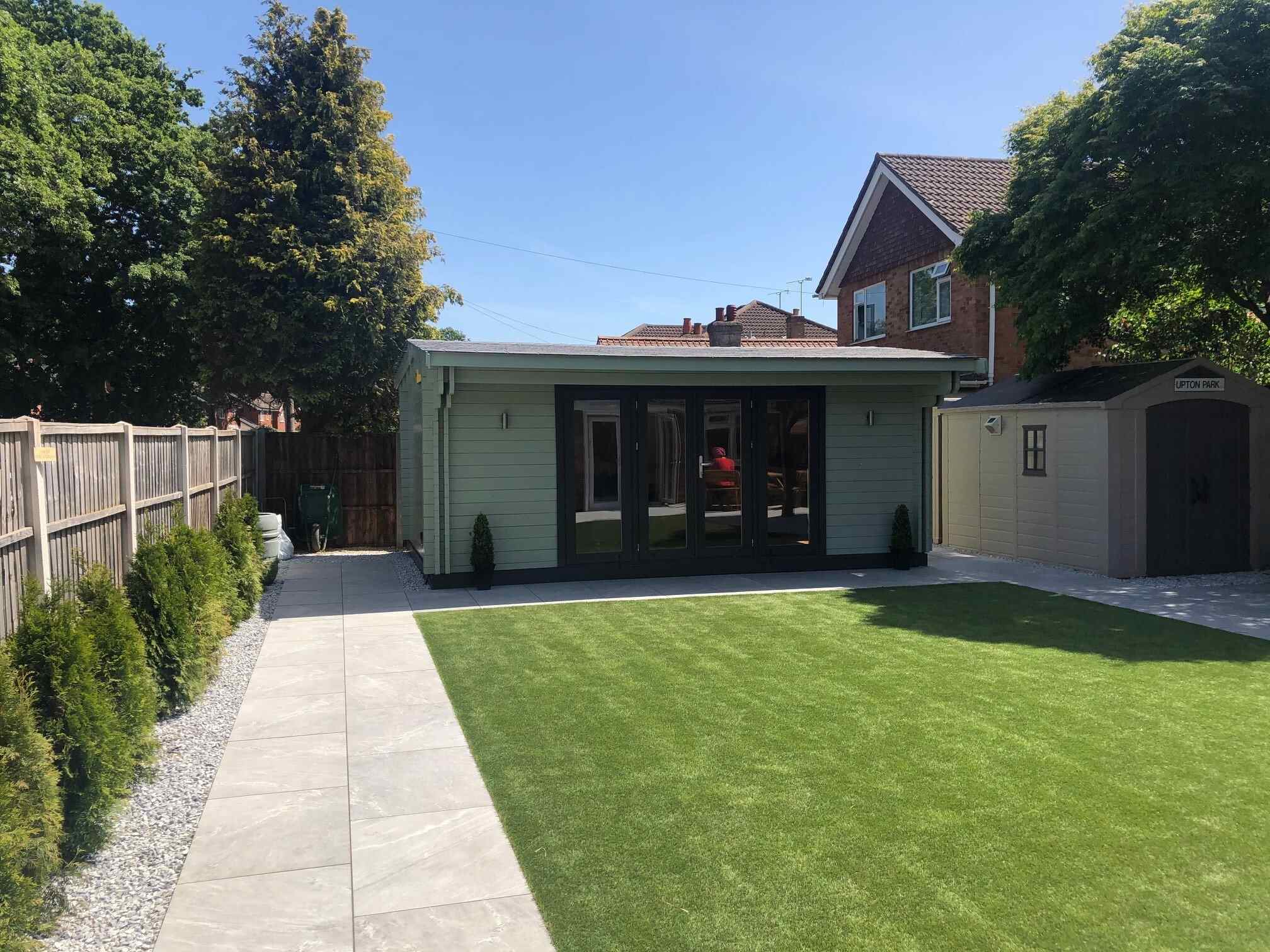

Garden Design
How To Measure A Backyard
Published: August 5, 2023
Learn how to measure your backyard for planning your garden effectively. Get expert tips and techniques for maximizing your outdoor space and creating a beautiful garden.
(Many of the links in this article redirect to a specific reviewed product. Your purchase of these products through affiliate links helps to generate commission for Chicagolandgardening.com, at no extra cost. Learn more)
Table of Contents
Introduction
Welcome to your guide on how to measure a backyard! Whether you are a homeowner looking to plan a garden, a landscaper scoping out a project, or simply curious about the size of your outdoor space, knowing how to measure your backyard accurately is essential. This article will provide step-by-step instructions and tips to help you gather the necessary tools and measure your backyard with precision.
Measuring your backyard can be a fun and engaging activity that allows you to visualize the space and plan accordingly. By determining the exact measurements, you can optimize the design and layout of your garden, patio, or other outdoor features. It will also help you determine how much material, such as soil, mulch, or grass seed, you may need for your landscaping projects.
Before we dive into the process of measuring your backyard, it’s important to note that there are various tools available to assist you, including measuring tape, a measuring wheel, or even specialized software. The choice of tools will depend on the size and complexity of your backyard, as well as your personal preference.
Now, let’s get started with the first step, gathering the necessary tools.
Step 1: Gathering the necessary tools
Before you begin measuring your backyard, it’s essential to gather the right tools for the job. Having the necessary equipment will ensure accurate measurements and make the process much smoother. Here are some tools you may need:
- Measuring Tape: A measuring tape is a fundamental tool for measuring distances. Opt for a tape with a long enough length to cover the entire width or length of your backyard.
- Measuring Wheel: If you have a larger backyard, a measuring wheel can make the process more manageable. Simply roll the wheel along the ground to measure longer distances.
- Stakes or Flags: Stakes or flags can be useful for marking specific points or corners in your backyard, helping you maintain accuracy throughout the measurement process.
- Notebook and Pen: Keeping track of your measurements is essential, so be sure to have a notebook and pen handy. This will allow you to document the dimensions and any additional notes or observations.
- Optional Tools: Depending on the features in your backyard, you may also need a level to check for even surfaces, a camera or smartphone for capturing visuals, and graph paper for mapping out your measurements.
Gather these tools before you begin measuring to ensure a successful and efficient process. Once you have everything ready, you are now prepared to move on to the next step: measuring the length and width of your backyard.
Step 2: Measuring the length and width of the backyard
Now that you have all the necessary tools, it’s time to measure the length and width of your backyard. These measurements will serve as the foundation for determining the total area of your outdoor space. Follow these steps to measure accurately:
- Choose a starting point: Select a corner or a distinct feature of your backyard as the starting point for your measurements.
- Stretch out the measuring tape: Extend the measuring tape from your starting point along one side of your backyard. Ensure it remains straight and taut.
- Record the measurement: Note the measurement on your notepad, indicating the length of one side of your backyard.
- Repeat the process: Move along the next side of your backyard and repeat the above steps until you have measured all the sides.
- Measure the width: If your backyard is not perfectly rectangular, measure the width at several points along the length to account for any irregularities.
- Calculate the average width: Add all the width measurements together and divide by the number of measurements taken to find the average width.
By following these steps, you will have measured the length and width of your backyard accurately. These measurements will be vital when calculating the total area of your outdoor space, which we will cover in the next step.
Step 3: Calculating the total area
Now that you have measured the length and width of your backyard, it’s time to calculate the total area. The area measurement will give you an accurate understanding of how much space you have to work with for your garden or landscaping project. Follow these steps to calculate the total area:
- Obtain the length and width measurements: Refer back to the measurements you recorded in the previous step. Make sure you have the accurate length and width measurements available.
- Multiply the length and width: Multiply the length by the width to find the area of each rectangular section of your backyard. If you have irregularly shaped sections, break them down into smaller rectangles and calculate the area for each.
- Add the areas together: Add up all the individual areas to find the total area of your backyard. This will give you a clear understanding of the space you have available.
Calculating the total area of your backyard will help you plan your garden or landscaping project more effectively. Knowing the area will enable you to determine how many plants, seeds, or paving stones you may need, and it will help you create a proportionate design for your outdoor space.
Now that you have the measurements and total area calculated, let’s move on to the next step: measuring specific features or structures you may have in your backyard.
Step 4: Measuring specific features or structures in the backyard
As you continue with your backyard measurements, it’s important to account for any specific features or structures that are present. These could include patios, decks, pools, sheds, or any other elements that require measurements for planning or renovation purposes. Follow these steps to measure specific features or structures in your backyard:
- Identify the feature or structure: Take note of the specific feature or structure that you need to measure. This could be a patio, deck, or any other item that requires dimensions.
- Choose a starting point: Select a corner or a specific reference point on the feature or structure as the starting point for your measurements.
- Use your measuring tape: Extend your measuring tape and measure the length, width, and height of the feature or structure. Ensure accuracy by keeping the tape straight and taut.
- Note the measurements: Write down the measurements on your notepad, specifying the dimensions of the feature or structure.
- Take additional measurements if needed: Depending on the complexity of the feature or structure, you may need to measure additional elements such as angles, curves, or distances to nearby objects.
Taking precise measurements of specific features or structures in your backyard is essential for any renovation, expansion, or redesign plans. It will help you visualize the space better and ensure that any new additions or modifications are accurately sized and proportioned.
Once you have measured all the necessary features or structures, it’s time to move on to the final step: documenting your measurements.
Step 5: Documenting the measurements
Now that you have completed all the measurements for your backyard and its features, it’s crucial to document them properly. Documenting your measurements will provide you with a reference point for future planning and ensure that you have accurate information at hand. Follow these steps to document your measurements:
- Refer to your notes: Review the notes you’ve taken throughout the measuring process to ensure you have all the measurements recorded.
- Organize the measurements: Group the measurements by type, such as the length and width of the backyard, the dimensions of specific features or structures, or any other relevant categories.
- Create a visual representation: If you prefer a visual reference, consider sketching a basic diagram of your backyard, including the measurements and locations of features or structures. This will help you visualize the space and plan your design more effectively.
- Store your measurements safely: Keep your measurements and any related sketches or diagrams in a safe and easily accessible location. Digital options, such as note-taking apps or cloud storage, can provide convenient and organized storage for your measurements.
- Update as needed: If you make changes or additions to your backyard in the future, be sure to update your measurements accordingly to maintain accurate documentation.
By documenting your measurements, you will have a valuable resource at your disposal when planning future projects or referring back to your backyard dimensions for any reason. This documentation will save you time and effort in the long run and assist in maintaining consistency and accuracy throughout your gardening or landscaping endeavors.
Congratulations! You have successfully measured and documented your backyard. With this information, you are now equipped to plan and design your garden or landscaping project with precision and confidence.
Conclusion
Measuring your backyard is a crucial step to take when planning your garden or undertaking any landscaping project. By accurately measuring the length, width, and specific features of your outdoor space, you can make informed decisions and create a well-designed and functional area.
Throughout this guide, we have provided step-by-step instructions on how to measure your backyard effectively. From gathering the necessary tools to documenting the measurements, each step has been designed to help you achieve accurate results.
Remember, having the right tools, such as measuring tape, a measuring wheel, and stakes, is essential for precise measurements. Taking the time to measure the length and width of your backyard and calculating the total area will provide you with a solid foundation for planning and landscaping.
Additionally, measuring specific features or structures in your backyard, like patios or sheds, will allow you to incorporate them into your overall design seamlessly. Proper documentation of all measurements is crucial for future reference and ensures that you have a reliable resource for any future projects or modifications.
Now armed with the knowledge and skills to measure your backyard accurately, you are ready to dive into the exciting world of garden planning and landscaping. Use your measurements to create a design that maximizes the potential of your outdoor space and brings your vision to life.
So, grab your tools, take precise measurements, and unleash your creativity as you transform your backyard into a beautiful and functional oasis that you can enjoy for years to come.
